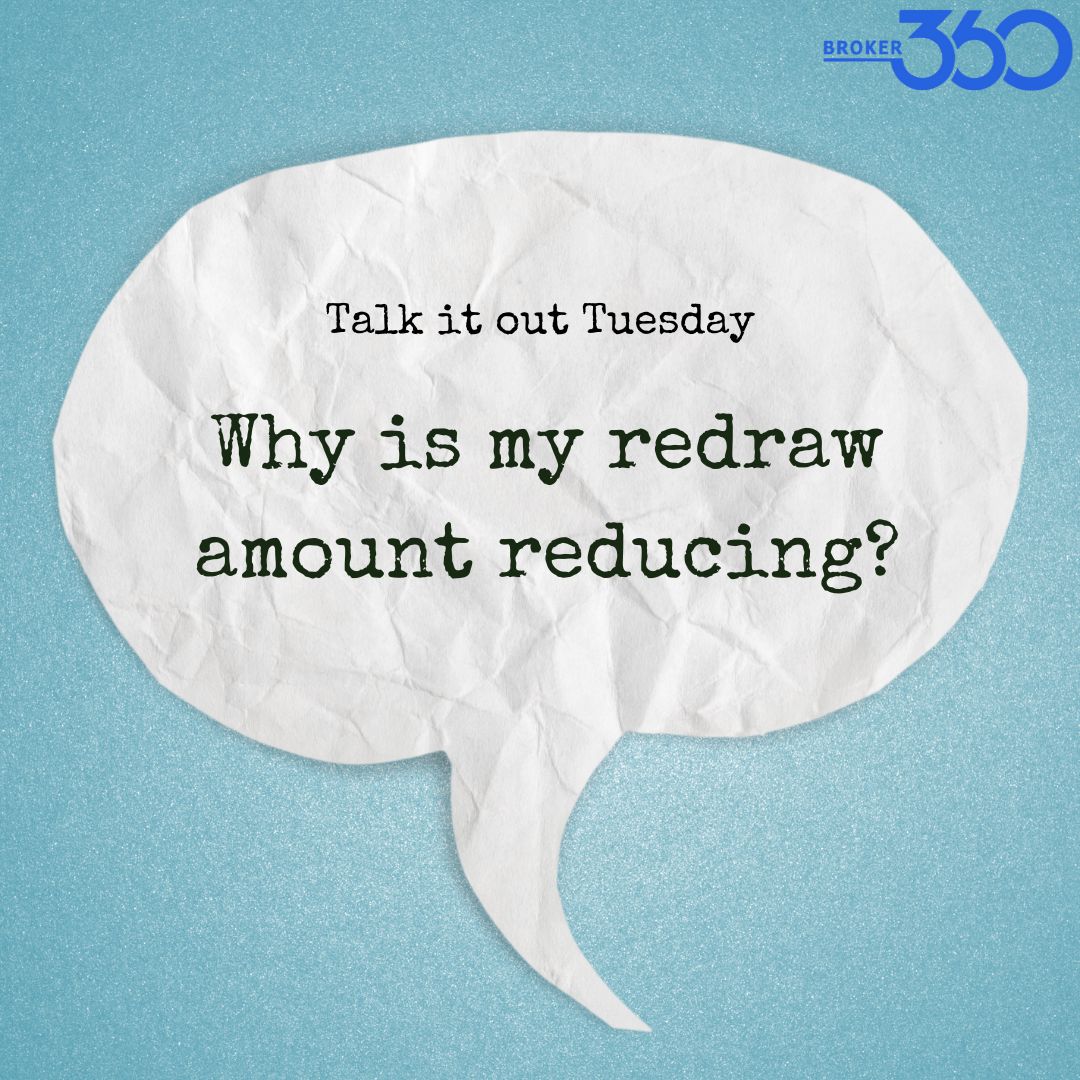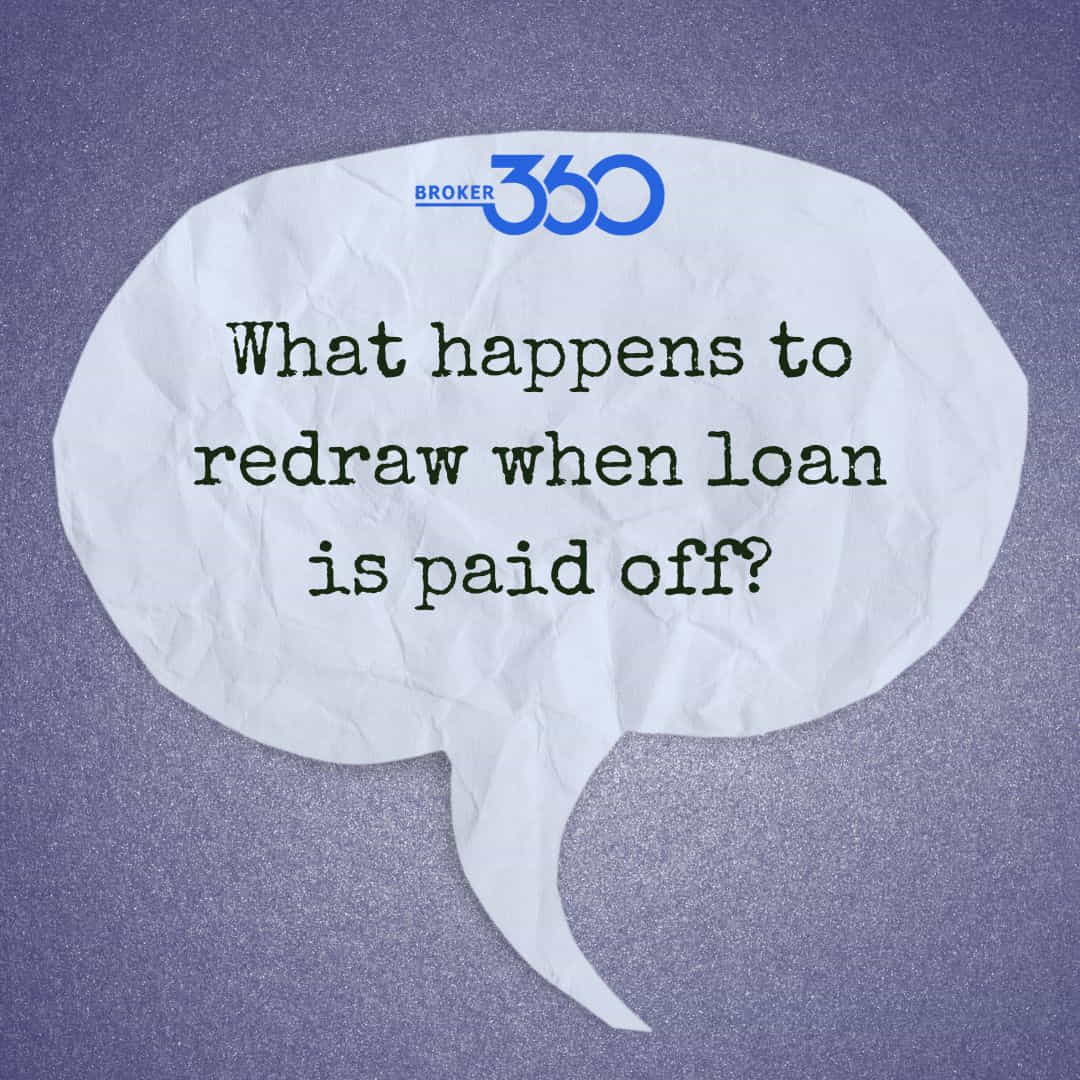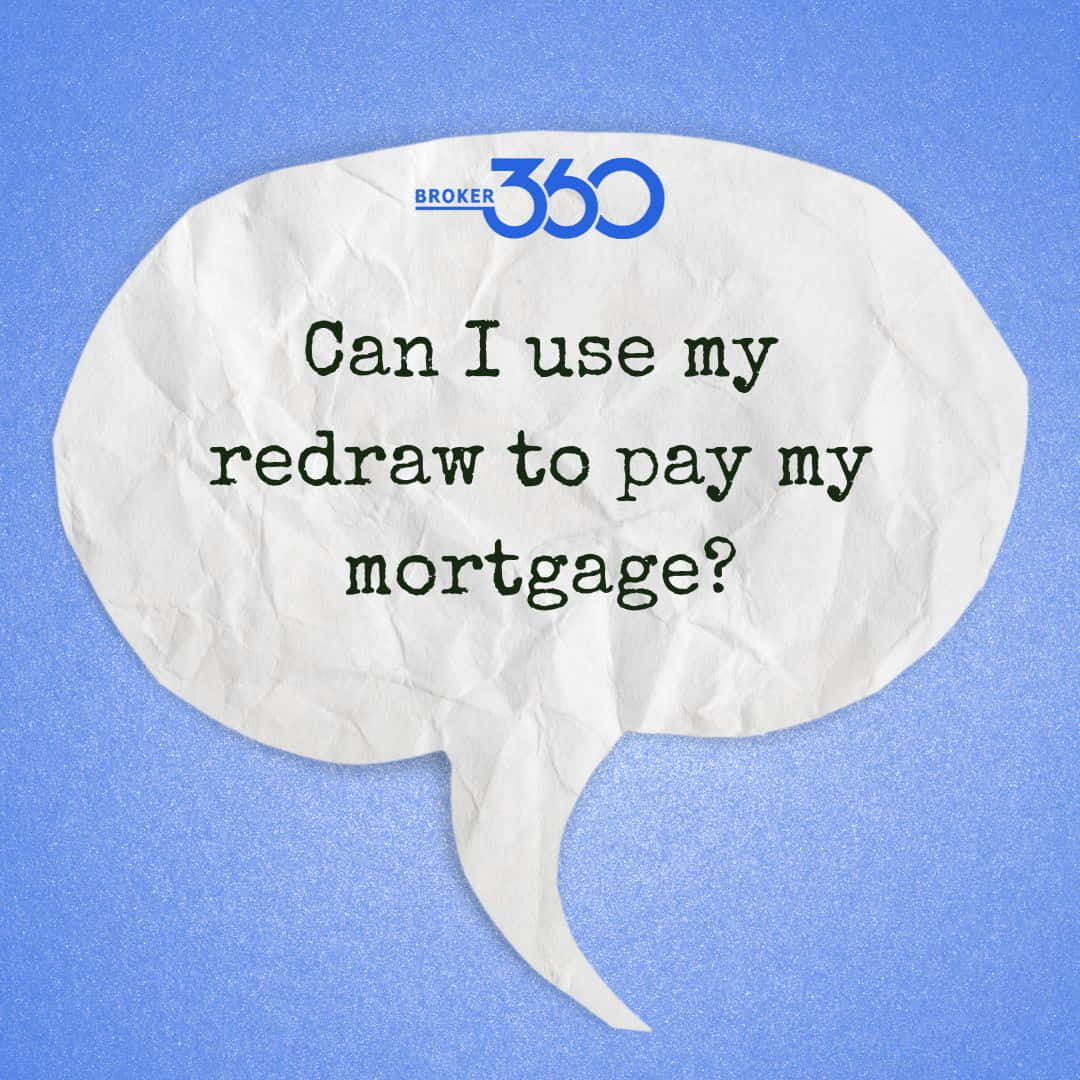Need a loan? Enjoy unlimited support from 9AM-9PM and 24-hour lodgement services.
Our Success Stories: Real People, Real Wins
See What Our Success Looks Like At Broker360, we take pride in helping clients from all walks of life achieve their financial goals—whether it’s buying a first home, investing in
- Broker360
- No comment
- December 16, 2024
First-Home Buyer Grants WA 2025: Everything You Need to Know

Buying your first home in Western Australia is an exciting step, but it can also feel overwhelming. The good news? First-home buyer grants in WA for 2025 can make the
- Broker360
- No comment
- December 16, 2024
Compliance and Regulations in the Australian Mortgage Industry

The Australian mortgage industry is subject to a complex web of regulations and compliance requirements that aim to protect both borrowers and lenders. Staying informed about the latest regulatory updates
- Broker360
- No comment
- December 16, 2024
Why is my redraw amount reducing? What you need to know

If you’ve noticed your redraw amount shrinking or disappearing altogether, you’re not alone. Many Australian borrowers with a redraw facility experience this and wonder, “Why is my redraw amount reducing?”
- Broker360
- No comment
- December 11, 2024
What happens to redraw when loan is paid off?

Paying off your home loan is a major milestone, but many borrowers with a redraw facility find themselves asking, “What happens to my redraw funds once the loan is fully
- Broker360
- No comment
- December 6, 2024
Can I use my redraw to pay my mortgage? What you need to know

Redraw facilities are a handy tool for many homeowners managing their home loans, but not everyone knows exactly how to use them. A common question we normally get is whether
- Broker360
- No comment
- December 6, 2024
What is a mortgage redraw and how does it work?

When it comes to managing your home loan in Australia, having flexibility can be a game-changer. A mortgage redraw facility is one tool that might be available to you, but
- Broker360
- No comment
- December 6, 2024
10 Questions to Ask a Mortgage Broker Before You Apply

When you’re ready to take the plunge into the world of homeownership, finding the right mortgage broker is crucial. With so many options and different financial products available, having the
- Broker360
- No comment
- December 5, 2024
